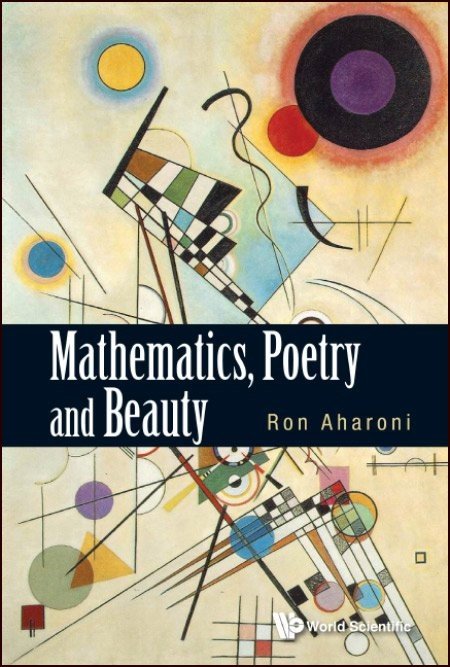Three Types of Mathematics
Modern mathematics includes dozens of fields, and hundreds of subfields. Gauss, in the beginning of the nineteenth century, actually knew all the mathematics of his time. Hilbert, in the twentieth century, was familiar with all the mathematical fields of his time, even if he did not master them all. In the twenty-first century, a mathematician knows only a tiny fraction of the mathematics of his time. But even if mathematics has been divided into microscopic disciplines, its main branches have remained as they were. In this chapter I want to describe its basis division into branches.
Modern mathematics can be divided into three main branches: continuous mathematics, algebra, and discrete mathematics. The division is not exhaustive. It is difficult to exactly fit some fields, such as geometry or mathematical logic, into any of these categories. But it is a useful division, and basically a correct one.


